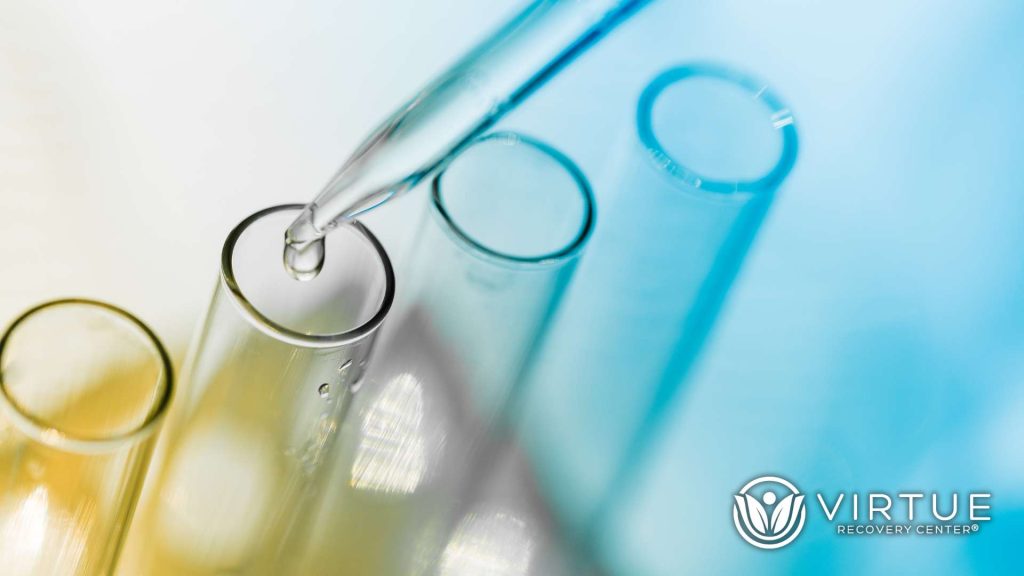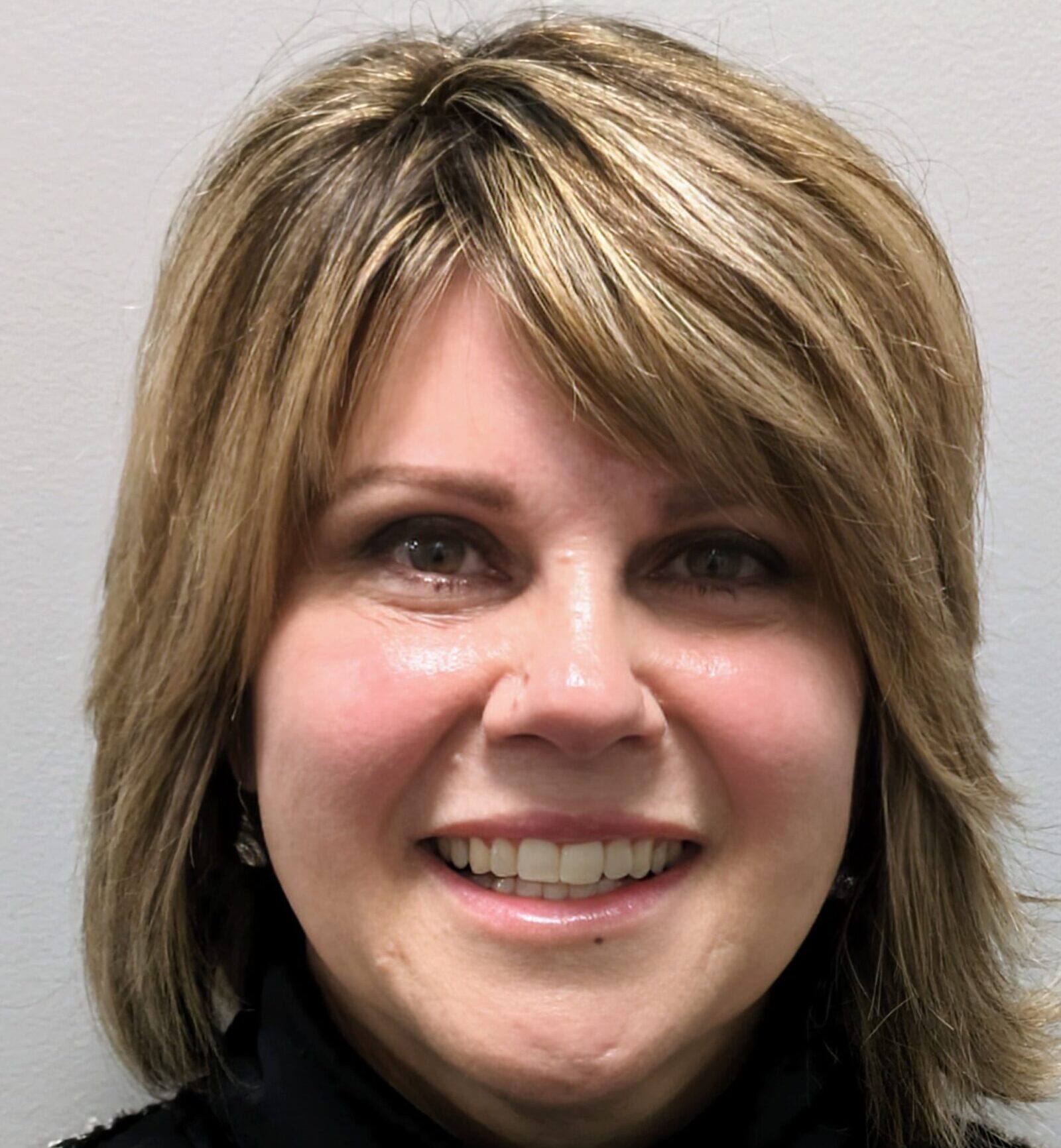Key Takeaways
-
Caffeine is often mixed with MDMA in street ecstasy tablets.
-
This combination increases the risk of overdose, seizures, and heart problems.
-
People may unknowingly consume dangerous levels of stimulants.
-
Caffeine and MDMA together put stress on the body and brain.
-
Help is available for anyone struggling with MDMA or stimulant use.
Introduction
MDMA, often called ecstasy or “molly,” is a popular party drug. It makes people feel happy, energetic, and more connected to others. But what many users don’t know is that street ecstasy is often far from pure. One of the most common ingredients added to it is caffeine.
Caffeine may seem harmless. After all, it’s in coffee, soda, and energy drinks. But when it’s added to powerful drugs like MDMA, it can become dangerous. This article explains why caffeine is used as a cutting agent, what risks it brings, and how to get help if you or someone you know is using these substances.
What Is MDMA (Ecstasy)?
MDMA is short for 3,4-methylenedioxymethamphetamine. It’s a drug that affects the brain and makes people feel more awake and loving. It’s a stimulant and also causes mild hallucinations. That’s why it’s often called a “club drug.”
People take MDMA as pills, capsules, or powder. But most of what is sold on the street as “ecstasy” or “molly” is not pure MDMA. It may include many other ingredients—some of them dangerous.
Why Is Caffeine Used as a Cutting Agent?
Caffeine is cheap, easy to find, and legal. Drug dealers often use it to stretch their supply of MDMA. By adding caffeine, they can make the product look and feel stronger without using as much real MDMA.
Caffeine also makes people feel more energetic, so it boosts the effects of MDMA. This might seem like a good thing to users. But too much stimulation can put stress on the heart, brain, and body.
What Happens When You Mix Caffeine and MDMA?
Both MDMA and caffeine are stimulants. They raise your heart rate and blood pressure. They can also make it hard to sleep, cause jitteriness, and lead to dehydration. When used together, their effects are stronger—and sometimes dangerous.
Your body can become overwhelmed by all the stimulation. That’s why using these two together raises the chance of medical emergencies.
The Risk of Not Knowing What You’re Taking
When someone buys a pill on the street, they often have no idea what’s really inside. It may be sold as MDMA, but it might also contain caffeine, methamphetamine, bath salts, or even heroin.
People who use these pills often don’t know how strong they are or what they’ve been mixed with. This makes it easy to overdose or suffer from serious side effects.
Drug testing kits are available, but they don’t catch everything. And even when a test shows that caffeine is present, it doesn’t reveal how much.
Caffeine’s Role in MDMA Overdose Cases
Caffeine alone can cause health problems. When taken in large amounts, it can cause nausea, vomiting, dizziness, rapid heartbeat, anxiety, and shaking.
Now imagine adding MDMA on top of that. It increases the risks even more. Some overdose cases involving ecstasy happen because of the added caffeine—not just the MDMA. And people who also drink energy drinks or soda while partying may take in even more caffeine without knowing it.
How Is Caffeine Detected in Drug Samples?
Labs use special tools like mass spectrometry and gas chromatography to test seized drugs. These tools help scientists find out what’s in street drugs. They’ve found caffeine in many ecstasy samples across the U.S.
Law enforcement agencies, like the Drug Enforcement Administration (DEA), track drug purity and dangerous mixtures. Their reports help doctors and first responders treat people who overdose or get sick from tainted drugs.
Addiction and Dependence: When Substance Use Becomes a Problem
MDMA and caffeine both have the power to create dependence. That means a person feels like they need the drug to feel good, have fun, or just feel “normal.”
Some signs of dependence include:
-
Using more often than planned
-
Feeling anxious or sad without the drug
-
Needing higher doses for the same effect
-
Avoiding friends or family
-
Feeling unable to quit
Even if someone doesn’t use every day, using a mix of drugs regularly can be harmful. It can affect their brain, sleep, mood, and memory.
Treatment for MDMA and Stimulant Abuse
If you or someone you know is struggling with MDMA or stimulant use, help is available. Treatment often starts with detox, where the body gets rid of the drug. This is done in a safe, supervised setting.
After detox, therapy helps with the emotional side of addiction. This may include:
-
Learning new coping skills
At Virtue Recovery Las Vegas, we create a plan that fits your unique needs. Our team understands how stimulants like MDMA and caffeine affect the body and mind.
Conclusion
Taking MDMA is risky on its own—but when it’s mixed with caffeine, the dangers grow. Many people don’t even know they’re taking both. That’s what makes street drugs so unpredictable and dangerous.
If you or someone close to you is struggling with ecstasy or stimulant use, you don’t have to face it alone.
Call Virtue Recovery Las Vegas at 866-520-2861 to talk to someone who understands. We’re here to help you take back control of your health and your future.
FAQs About Caffeine is Commonly Found in Illicit Drugs Street Samples
What are the effects of caffeine when co-administered with MDMA?
Caffeine can amplify the effects of MDMA, leading to increased heart rate and elevated body temperature. The combination may also alter the subjective effects experienced by users, potentially heightening the psychoactive properties of MDMA.
How does caffeine serve as a cutting agent in street samples of MDMA?
Caffeine is often used as an adulterant in MDMA street samples to increase the stimulant effects and mimic the high of other drugs of abuse. This practice can obscure the actual content and potency of the MDMA, posing risks to users.
Are there any conflicts of interest when researching the toxicity of MDMA and caffeine?
Yes, conflicts of interest may arise when researchers have financial ties to the pharmaceutical industry or entities that could benefit from favorable findings regarding the safety of these substances. This could skew the supporting information related to their toxicity profiles.
What is the toxicity associated with the combination of caffeine and MDMA?
The combination can increase the risk of adverse effects, such as overheating, dehydration, and cardiovascular issues. Both substances can elevate body temperature and heart rate, leading to enhanced toxicity compared to MDMA or caffeine used alone.
How are street samples of MDMA analyzed for adulterants like caffeine?
Analytical methodologies, such as gas chromatography and mass spectrometry, are commonly employed in forensic settings to detect and quantify caffeine and other adulterants in seized drugs. This analysis helps to understand the composition of the drug market.
What are the mechanisms and mediators involved in the effects of caffeine and MDMA?
Caffeine primarily works by blocking adenosine receptors, which can lead to increased alertness and energy. MDMA interacts with serotonin and dopamine pathways, and when combined, these mechanisms can lead to pronounced psychoactive effects that may enhance the overall experience of drug use.
What are the risks of drug dependence associated with caffeine and MDMA use?
Both caffeine and MDMA can lead to drug dependence, though the mechanisms differ. Caffeine dependence can develop due to regular use leading to withdrawal symptoms, while MDMA can result in psychological dependence and potential long-term changes in brain chemistry.
Can the effects of cocaine be similar to those of caffeine and MDMA when used together?
Yes, the effects of cocaine can mimic those of caffeine and MDMA due to their stimulant properties. However, combining these drugs can significantly increase toxicity and the risk of adverse health effects, making it essential for users to understand the potential dangers.
What supporting information exists regarding the safety of using caffeine with MDMA?
Current research indicates that while caffeine is a widely used stimulant, its combination with MDMA can lead to increased risks of toxicity and adverse effects. Studies are ongoing to better understand the implications of this combination in recreational drug use.
How do the physiological effects of caffeine and MDMA differ?
Caffeine primarily induces wakefulness and alertness, while MDMA enhances mood and empathy through serotonin release. However, both substances can affect cardiovascular function and body temperature, raising concerns when used together.
Resources
https://www.sciencedirect.com/science/article/pii/S0039914021008262









